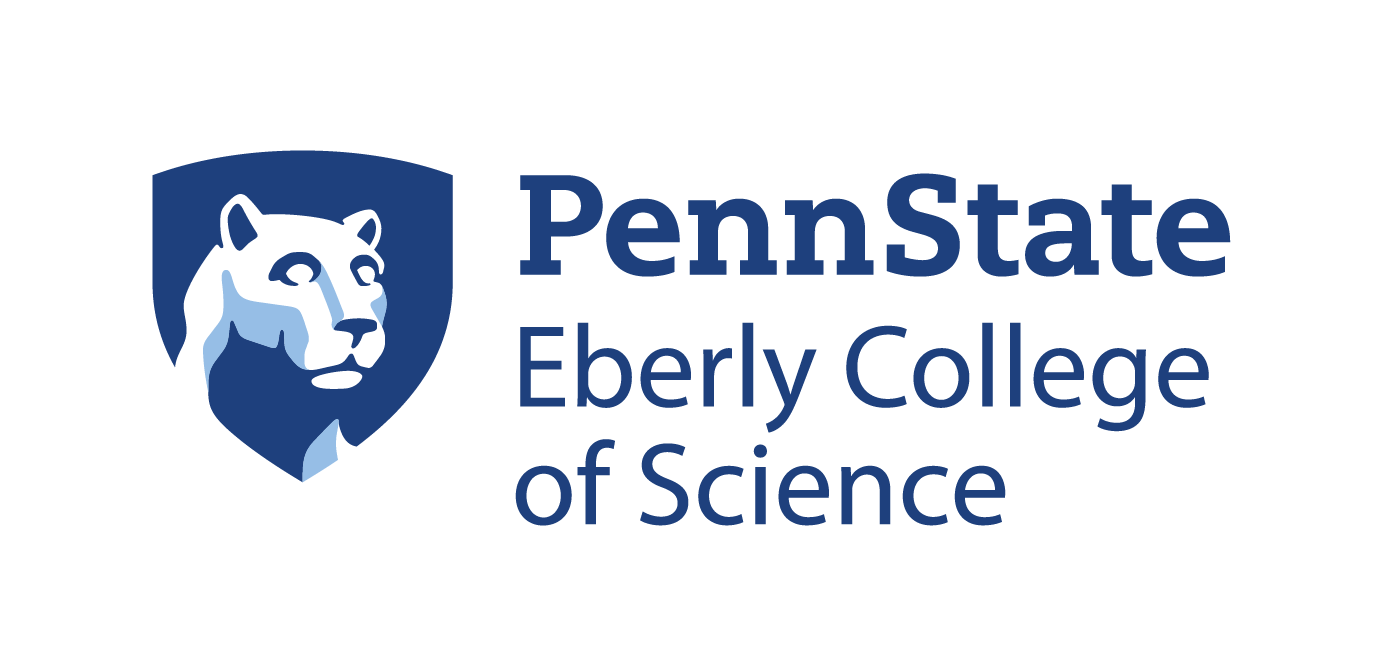What is Universal Design for Learning (UDL)?
Universal design for learning (UDL) is an educational framework that guides the development of flexible learning environments, accommodating individual learning differences and eliminating unnecessary hurdles in the learning process.
Why Use the UDL Framework?
There are several reasons to use the UDL framework:
- Inclusivity. UDL ensures that diverse learners, including those with disabilities, can access and engage with course content effectively.
- Flexibility. It allows instructors to provide multiple ways for students to learn, demonstrate knowledge, and engage in activities.
- Improved learning outcomes. UDL promotes deeper understanding and retention by accommodating different learning preferences and needs.
- Equity. By reducing barriers, UDL fosters a fair and equitable learning environment for all students.
Literature
Below is a sampling of the literature published on UDL:
- "Accessibility, Usability and Universal Design for Learning: Discussion of Three Key LX/UX Elements for Inclusive Learning Design"
- "Toward an inclusive pedagogy through Universal Design for Learning in Higher Education: A Review of the Literature"
- "Universal Design for Learning in Postsecondary STEM Education for Students with Disabilities: A Systematic Literature Review"
Resources for Implementation
- Free UDL Resources from Novak Education
- UDL resource library from Hopkins Universal Design for Learning (HUDL)
- "UDL: A Powerful Framework"
- "Universal Design in Higher Education: Promising Practices" edited by Sheryl E. Burgstahler
- "Applying the Principles of Universal Design for Learning (UDL) in the College Classroom" by Kathleen A. Booth, Marla. J. Lohmann, Kimberly A. Donnell, and D. Dean Hall






